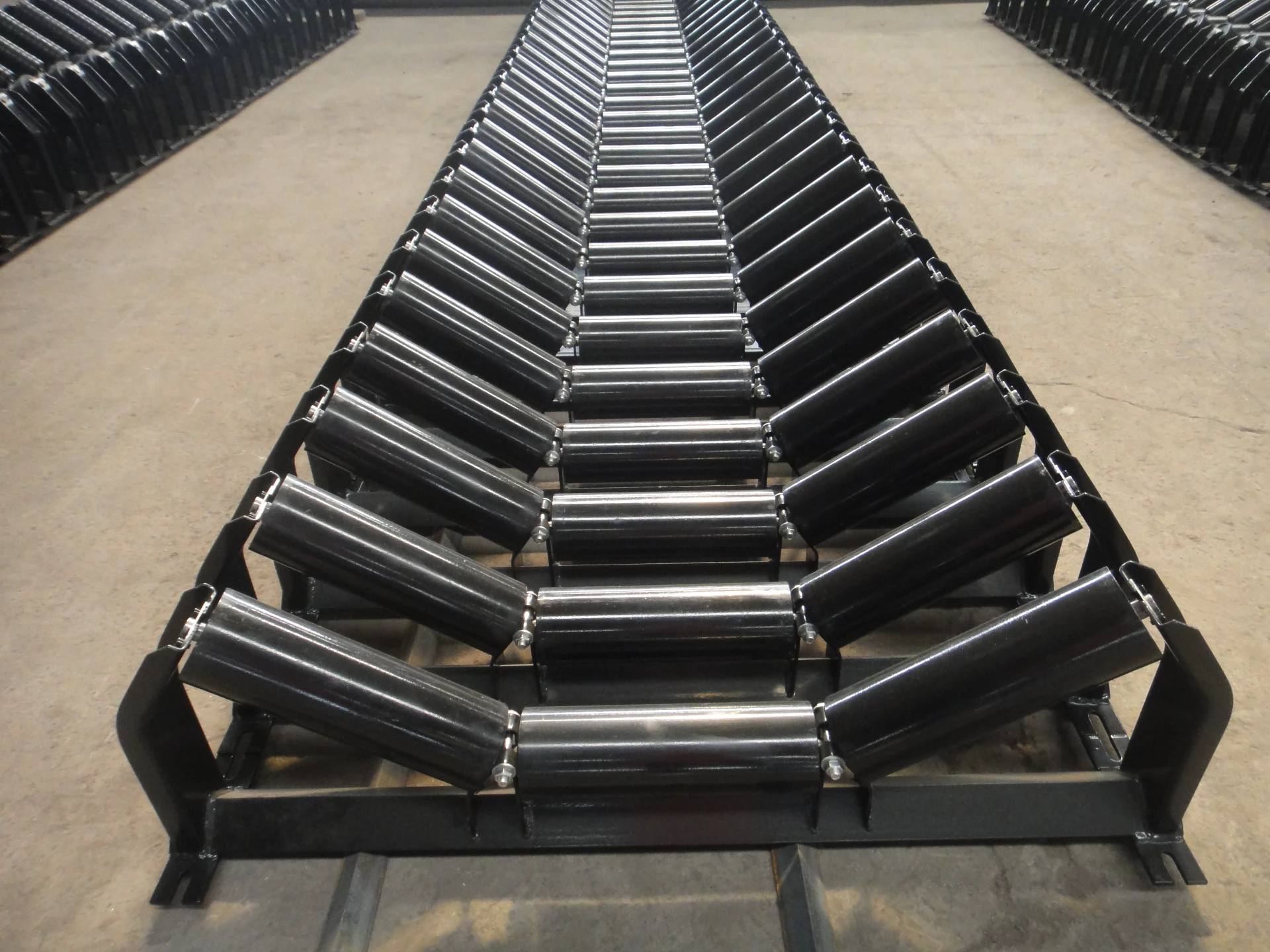 Afrikaans
Afrikaans  Albanian
Albanian  Amharic
Amharic  Arabic
Arabic  Armenian
Armenian  Azerbaijani
Azerbaijani  Basque
Basque  Belarusian
Belarusian  Bengali
Bengali  Bosnian
Bosnian  Bulgarian
Bulgarian  Catalan
Catalan  Cebuano
Cebuano  Corsican
Corsican  Croatian
Croatian  Czech
Czech  Danish
Danish  Dutch
Dutch  English
English  Esperanto
Esperanto  Estonian
Estonian  Finnish
Finnish  French
French  Frisian
Frisian  Galician
Galician  Georgian
Georgian  German
German  Greek
Greek  Gujarati
Gujarati  Haitian Creole
Haitian Creole  hausa
hausa  hawaiian
hawaiian  Hebrew
Hebrew  Hindi
Hindi  Miao
Miao  Hungarian
Hungarian  Icelandic
Icelandic  igbo
igbo  Indonesian
Indonesian  irish
irish  Italian
Italian  Japanese
Japanese  Javanese
Javanese  Kannada
Kannada  kazakh
kazakh  Khmer
Khmer  Rwandese
Rwandese  Korean
Korean  Kurdish
Kurdish  Kyrgyz
Kyrgyz  Lao
Lao  Latin
Latin  Latvian
Latvian  Lithuanian
Lithuanian  Luxembourgish
Luxembourgish  Macedonian
Macedonian  Malgashi
Malgashi  Malay
Malay  Malayalam
Malayalam  Maltese
Maltese  Maori
Maori  Marathi
Marathi  Mongolian
Mongolian  Myanmar
Myanmar  Nepali
Nepali  Norwegian
Norwegian  Norwegian
Norwegian  Occitan
Occitan  Pashto
Pashto  Persian
Persian  Polish
Polish  Portuguese
Portuguese  Punjabi
Punjabi  Romanian
Romanian  Russian
Russian  Samoan
Samoan  Scottish Gaelic
Scottish Gaelic  Serbian
Serbian  Sesotho
Sesotho  Shona
Shona  Sindhi
Sindhi  Sinhala
Sinhala  Slovak
Slovak  Slovenian
Slovenian  Somali
Somali  Spanish
Spanish  Sundanese
Sundanese  Swahili
Swahili  Swedish
Swedish  Tagalog
Tagalog  Tajik
Tajik  Tamil
Tamil  Tatar
Tatar  Telugu
Telugu  Thai
Thai  Turkish
Turkish  Turkmen
Turkmen  Ukrainian
Ukrainian  Urdu
Urdu  Uighur
Uighur  Uzbek
Uzbek  Vietnamese
Vietnamese  Welsh
Welsh  Bantu
Bantu  Yiddish
Yiddish  Yoruba
Yoruba  Zulu
Zulu Exploring the Dynamics of Lagged Head Pulley Systems in Mechanical Engineering Applications
Understanding the Lagged Head Pulley A Crucial Component in Conveyor Systems
In industrial settings, conveyor systems are vital for the efficient movement of materials. Among the various components that make up these systems, the lagged head pulley plays a crucial role in enhancing performance and durability. This article will explore the design, functionality, and advantages of lagged head pulleys, shedding light on their importance in material handling operations.
What is a Lagged Head Pulley?
A lagged head pulley is a type of pulley used in belt conveyor systems. Positioned at the head, or discharge end, of the conveyor, it serves as a support and drive mechanism for the conveyor belt. The unique aspect of a lagged head pulley is its surface, which is covered, or ‘lagged,’ with a material designed to increase friction and grip with the conveyor belt. This can be made from rubber or ceramic, depending on the application requirements.
Design Features
The design of a lagged head pulley is tailored to optimize functionality and performance. Key design features include
1. Material Selection The lagging material is chosen based on the type of materials being transported and the environmental conditions. For example, rubber lagging is commonly used for general purposes, while ceramic lagging might be selected for high-friction needs or when wet conditions are present.
2. Surface Texture The texture of the lagging impacts the level of friction produced between the pulley and the belt. This is critical for preventing slippage, especially when transporting heavy or bulk materials.
3. Size and Capacity Lagged head pulleys come in various sizes to suit different conveyor systems. Their diameter and width must match the specifications of the belt to ensure efficient operation.
4. Mounting Options Lagged head pulleys can be designed for fixed or adjustable mounting, allowing for flexibility in installation and maintenance.
Functions of Lagged Head Pulleys
The primary function of a lagged head pulley is to drive the conveyor belt. However, it performs several key roles that enhance the operation of conveyor systems
lagged head pulley

1. Drive Mechanism The lagged surface provides the necessary traction to minimize slippage, allowing the conveyor belt to move smoothly even under heavy loads.
2. Material Handling The head pulley helps in the effective discharge of materials. The grip provided by the lagged surface ensures that the transported materials do not fall off the belt prematurely.
3. Wear Resistance The lagging material acts as a protective layer, shielding the pulley from wear and tear due to the constant friction with the belt.
4. Noise Reduction Lagging can also help in reducing operational noise, which is particularly beneficial in environments where noise levels need to be controlled.
Advantages of Using Lagged Head Pulleys
The incorporation of lagged head pulleys in conveyor systems offers numerous advantages
1. Enhanced Performance By reducing slippage and providing reliable traction, lagged pulleys improve the overall efficiency of the conveyor system.
2. Increased Lifespan The protective nature of lagging helps extend the life of the pulley and the belt, resulting in lower maintenance costs and reduced downtime.
3. Versatility Lagged head pulleys can be used in various industries, including mining, agriculture, and manufacturing, making them a versatile choice for bulk material handling.
4. Safety Improved grip reduces the risk of materials falling off the conveyor, enhancing workplace safety and productivity.
Conclusion
In conclusion, lagged head pulleys are essential components of conveyor systems, significantly contributing to their efficiency and reliability. With their robust design, the ability to enhance traction, and their role in protecting against wear, they are indispensable in many industrial applications. As industries continue to evolve, the importance of high-performance components like lagged head pulleys will only grow, underscoring the need for continued innovation and improvement in material handling technologies. Understanding their functionalities and benefits can help businesses optimize their operations and make informed decisions regarding their conveyor systems.
-
Revolutionizing Conveyor Reliability with Advanced Rubber Lagging PulleysNewsJul.22,2025
-
Powering Precision and Durability with Expert Manufacturers of Conveyor ComponentsNewsJul.22,2025
-
Optimizing Conveyor Systems with Advanced Conveyor AccessoriesNewsJul.22,2025
-
Maximize Conveyor Efficiency with Quality Conveyor Idler PulleysNewsJul.22,2025
-
Future-Proof Your Conveyor System with High-Performance Polyurethane RollerNewsJul.22,2025
-
Driving Efficiency Forward with Quality Idlers and RollersNewsJul.22,2025





























